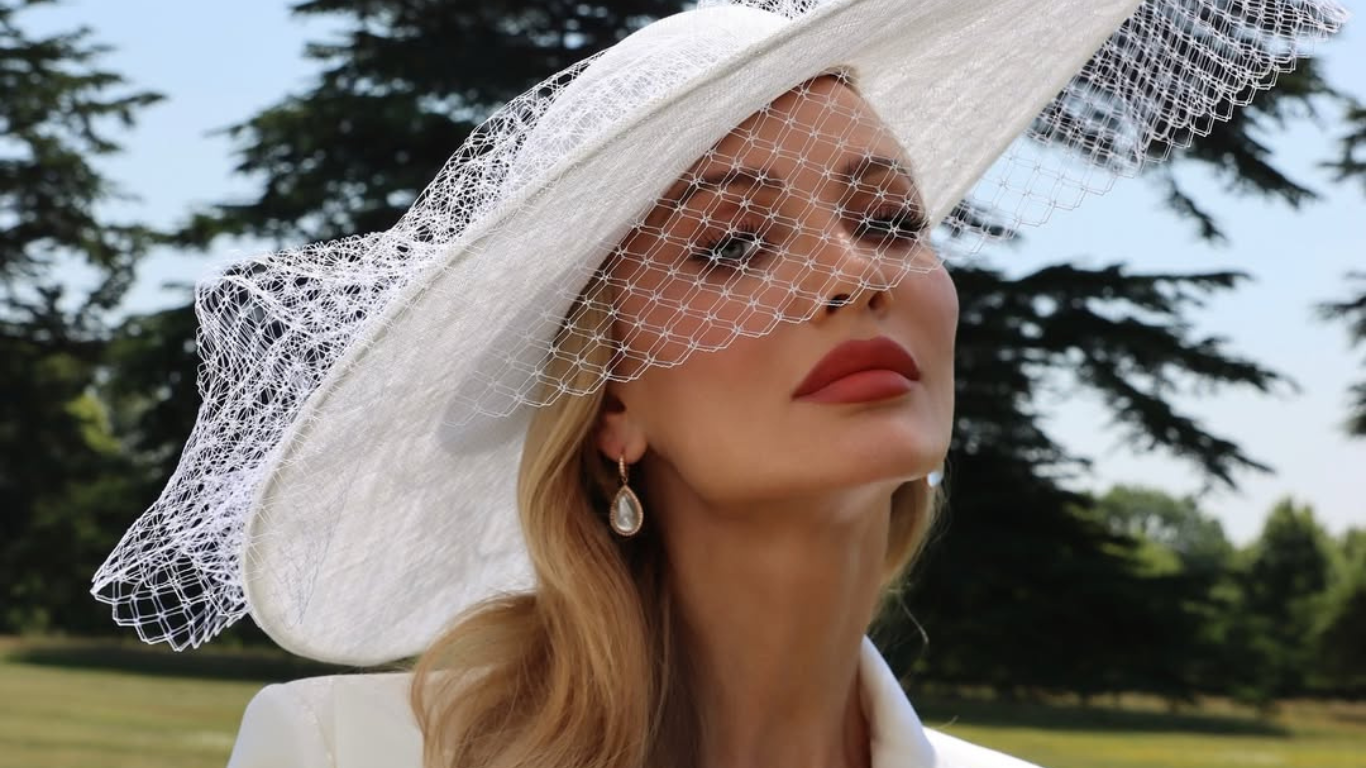Wedding traditions around the world: unique love rituals
Customs as a reflection of culture
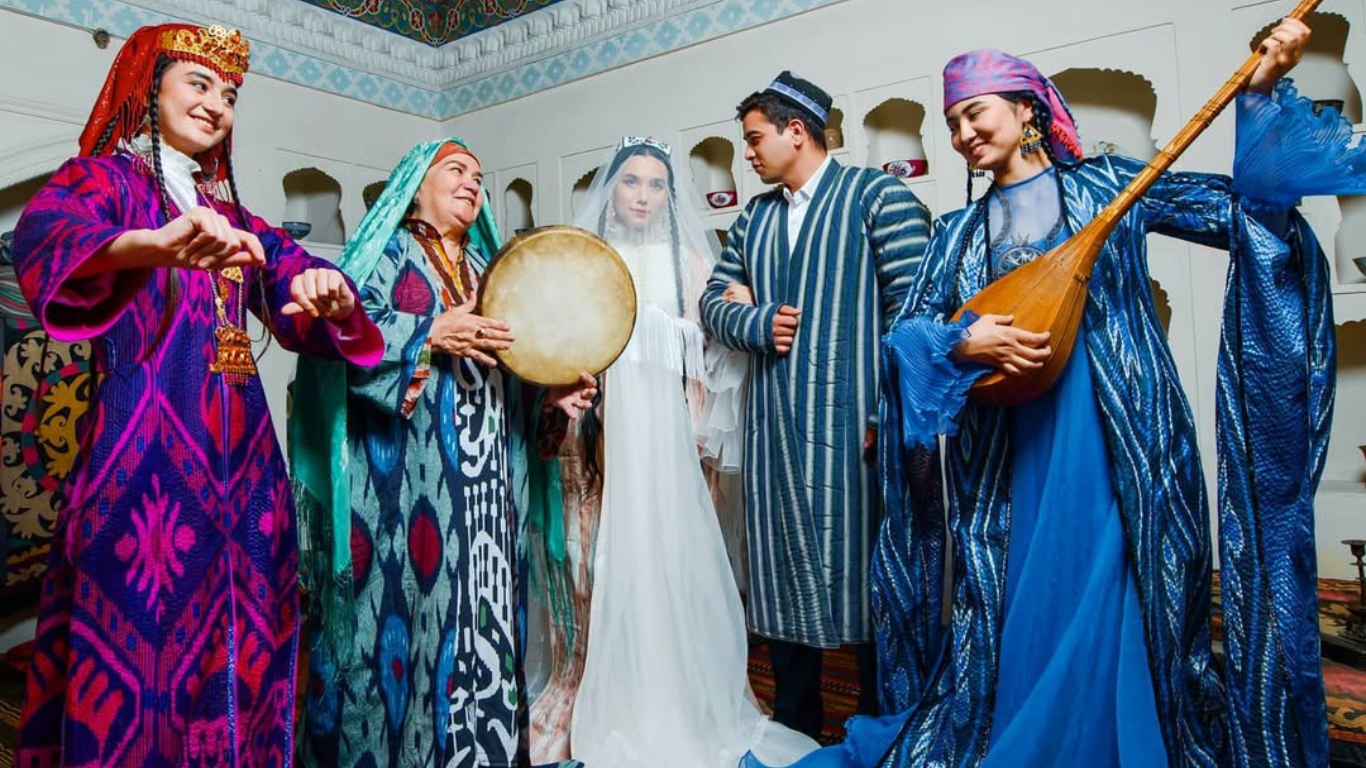
Traditions have always been an integral part of wedding ceremonies worldwide, transforming them into truly special and meaningful events. However, in every country, this celebration takes on a completely different form. Some rituals may seem touching and romantic, while others can be surprising or even eccentric. Yet all of them carry deep meaning, reflecting the cultural essence of their people. Join us on a journey across countries to uncover some of the most fascinating wedding traditions.
India: seven sacred steps to happiness
In India, a wedding is a grand event that can last for several days, sometimes even a whole week. It begins with the mehndi ritual, where friends and female relatives of the bride apply intricate henna designs to her hands and feet. Each swirl carries meaning, from protection against evil spirits to attracting prosperity in married life.
One of the central rituals is saptapadi or seven steps around the sacred fire. Each step represents a promise exchanged by the couple: to remain loyal, support each other in joy and sorrow, build a happy family, and honor traditions.
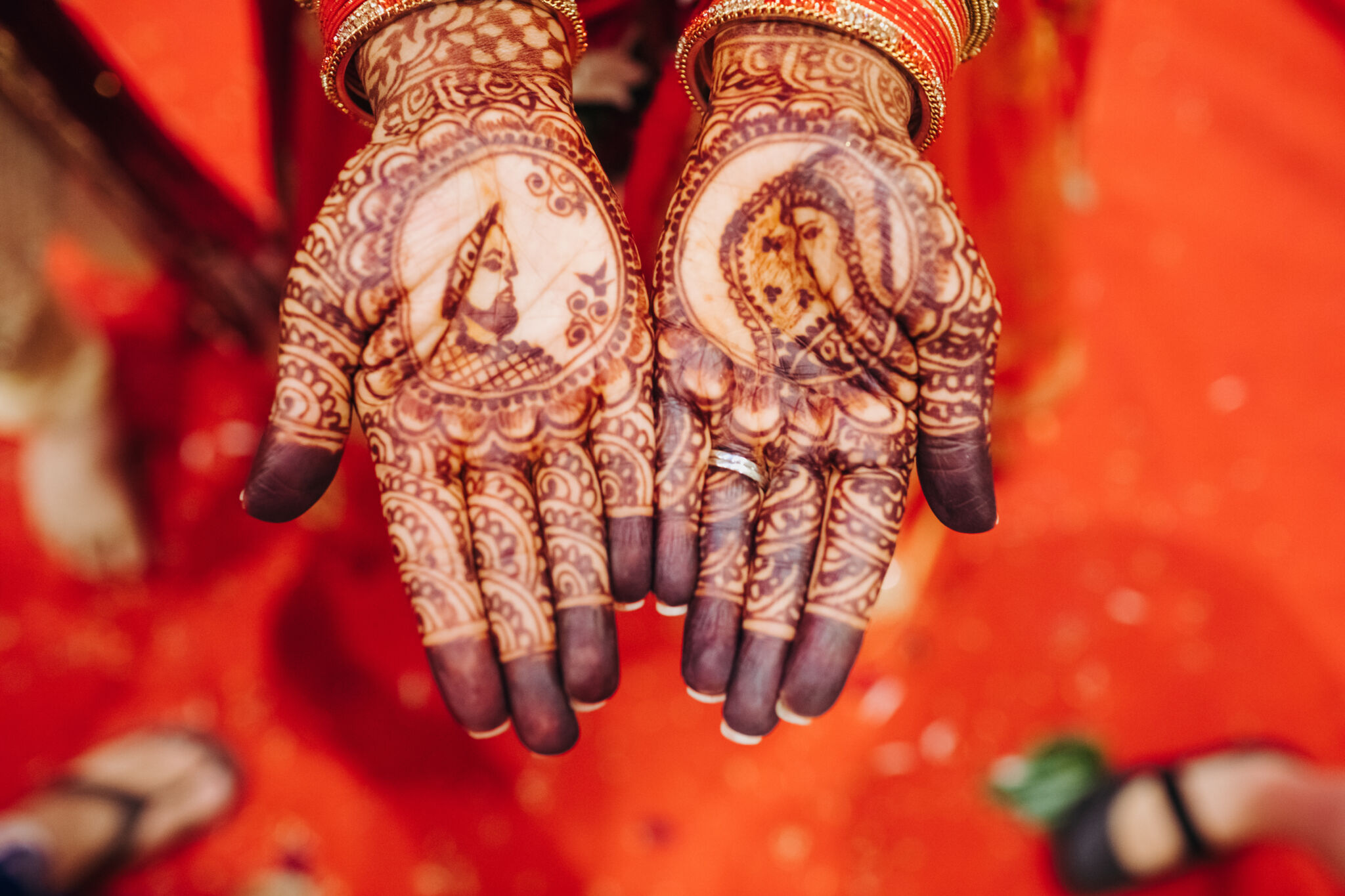
photо: pexels
Kenya: a blessing with milk
Among the Maasai people, there is a heartfelt tradition where the bride’s father blesses her by splashing cow’s milk on her head. This ritual, filled with symbolism, is believed to ward off evil and ensure happiness in married life.
Scotland: a trial by mud
In Scotland, the day before the wedding, the bride and groom may be literally covered in mud, ash, and even eggs. This ritual is believed to prepare the couple for married life, symbolizing their ability to overcome any hardships together.
China: the red color of happiness and the ritual of tears
Chinese weddings are filled with symbolism and a deep respect for tradition. Red is the dominant color of the celebration. From the bride’s dress to the venue decor, everything is adorned in shades of red, symbolizing joy, happiness, and abundance.
One of the most touching traditions is the tears of maidenhood ritual (crying marriage ritual). The bride, along with her friends and relatives, cries before the wedding, symbolizing her farewell to youth. The more genuine the tears, the happier the marriage will be. On the wedding day, the groom offers tea to the bride’s parents, who bless the couple, wishing them harmony in their new life together.
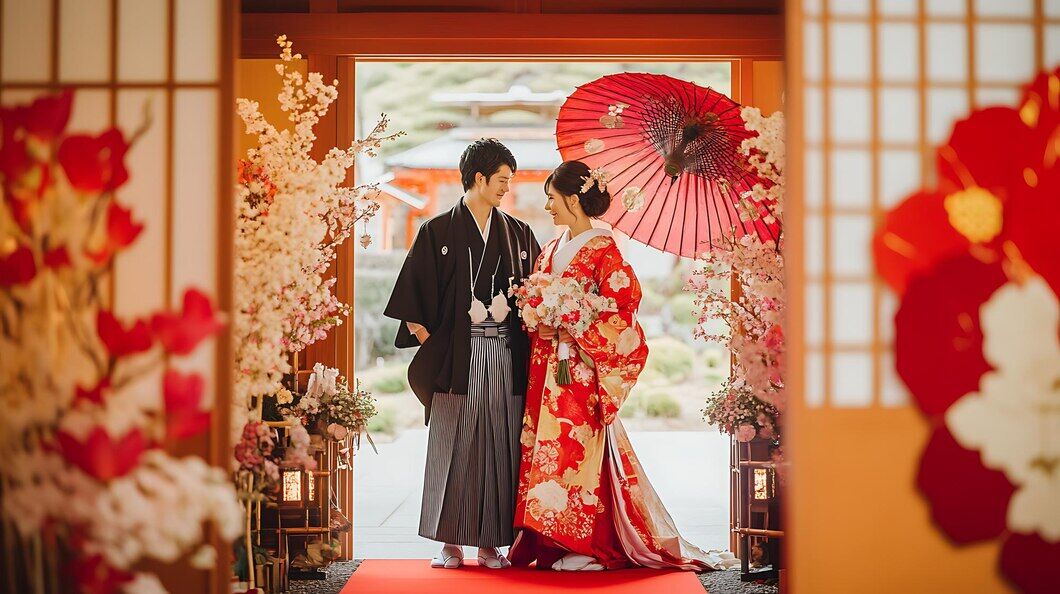
photо: freepik
Mauritius: happiness in curves
On the island of Mauritius, there is an unusual tradition centered on the bride’s figure. Before the wedding, women are encouraged to gain weight—not for thinness, but to achieve fuller, rounded forms. A curvier figure is considered a symbol of abundance and good fortune.
Japan: sake, kimonos, and the philosophy of balance
During a Japanese wedding ceremony held in a Shinto shrine, the bride wears a magnificent white kimono, symbolizing purity and the beginning of a new life. The groom wears black, representing harmony and stability.
The sansankudo ritual deserves special attention: the couple takes three sips of sake in turn. This ritual not only seals their union but also signifies the unity of their souls.
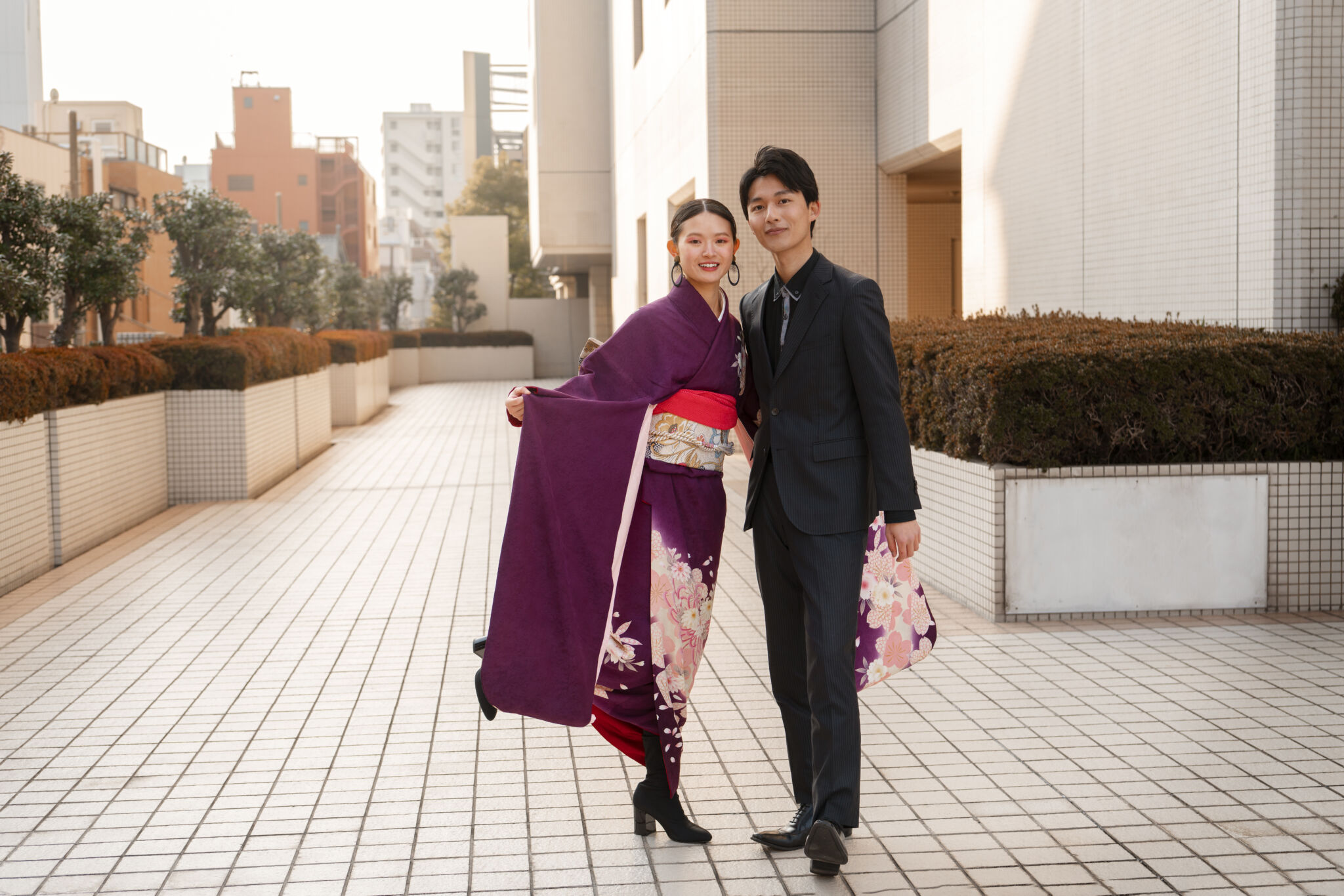
photo: pexels
Peru: ribbons in the cake
At Peruvian weddings, ribbons are baked into the celebratory cake, one of which is adorned with a ring. Unmarried guests pull the ribbons, and the one who finds the ring is said to be next to marry. This joyful tradition becomes a fun and memorable moment for all the guests.
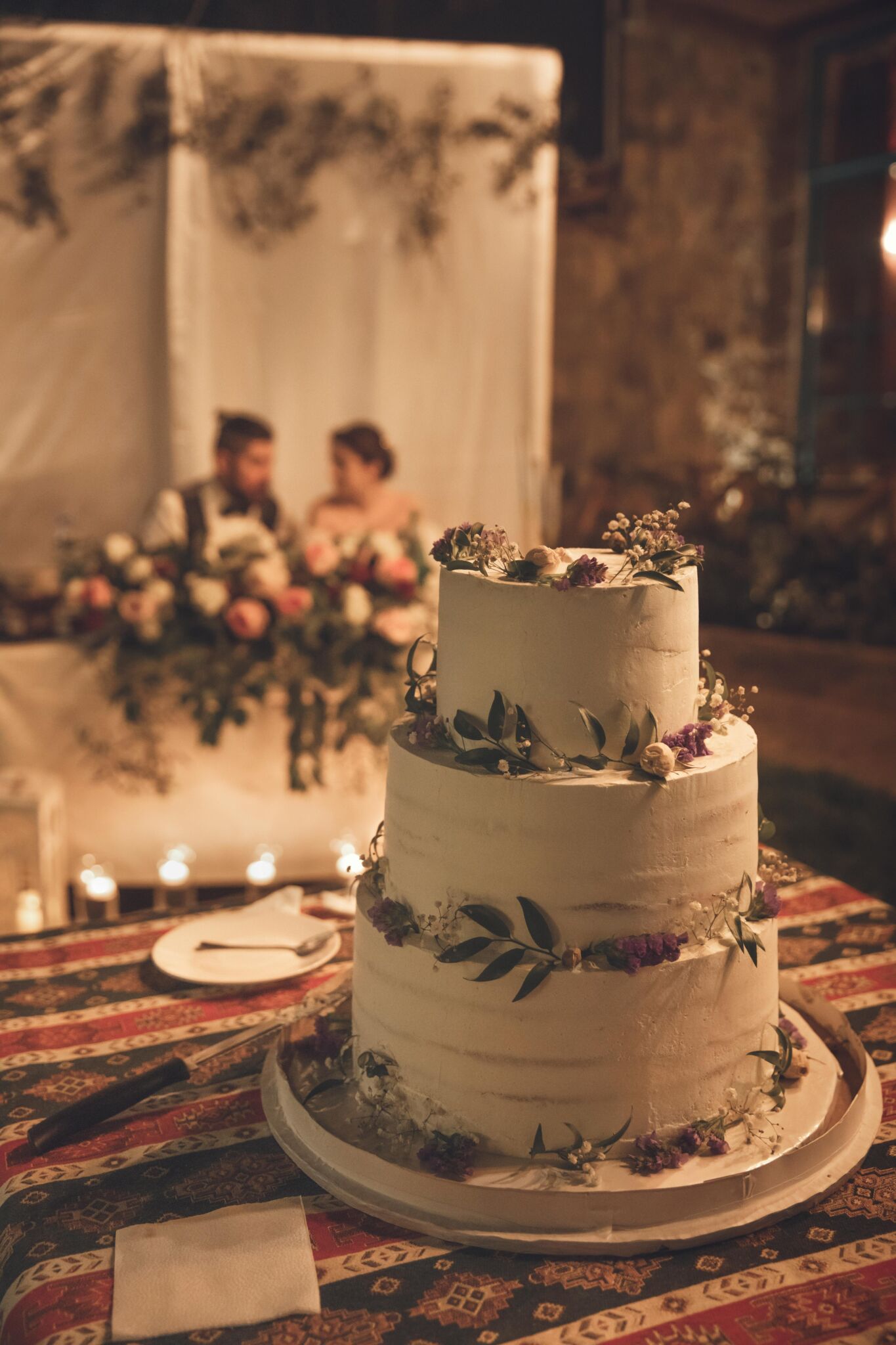
photо: pexels
Mexico: a carnival of emotions
A Mexican wedding is a true fiesta, bursting with vibrant emotions. One of the most unique rituals involves masks. The newlyweds wear bright, sometimes theatrical masks to “ward off” negative energy and evil spirits. After the ceremony, the masks are torn apart, symbolizing the beginning of a new life free of obstacles.
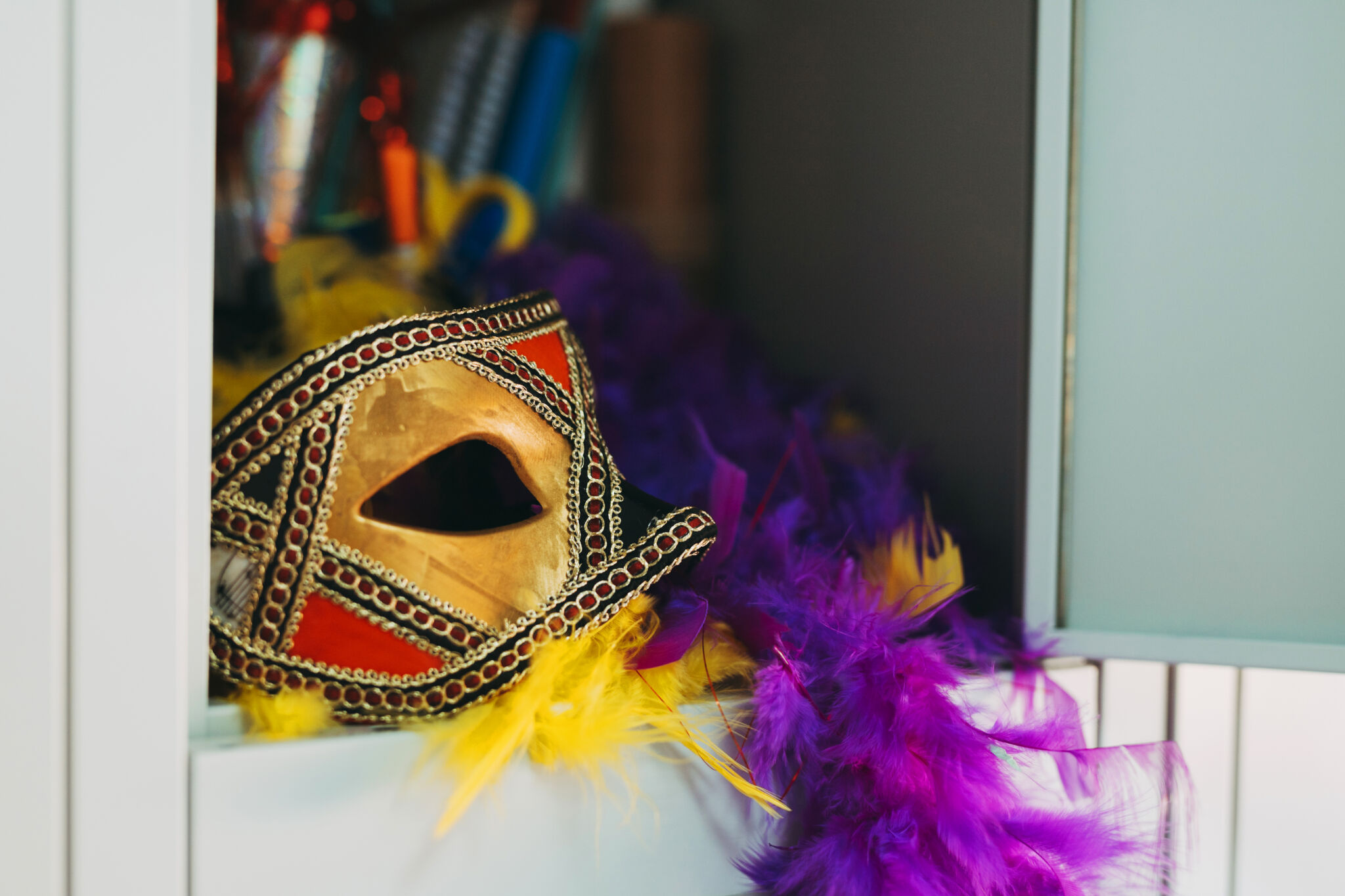
photо: freepik
Wedding traditions reveal the depth of a culture and its history. They imbue the celebration with special symbols, creating moments that remain etched in memory forever. Regardless of where the wedding takes place, its central message of love and unity remains universal.

